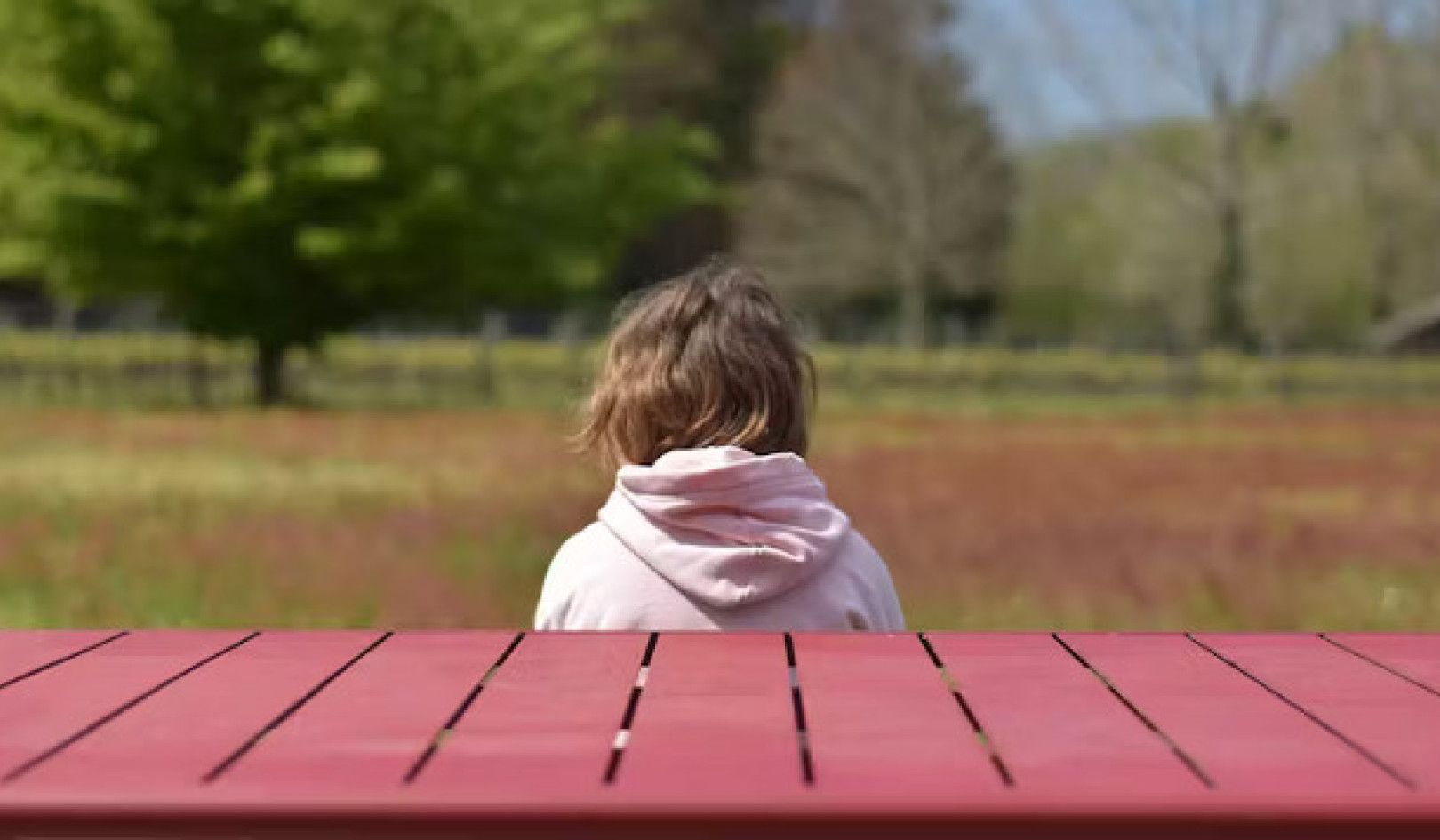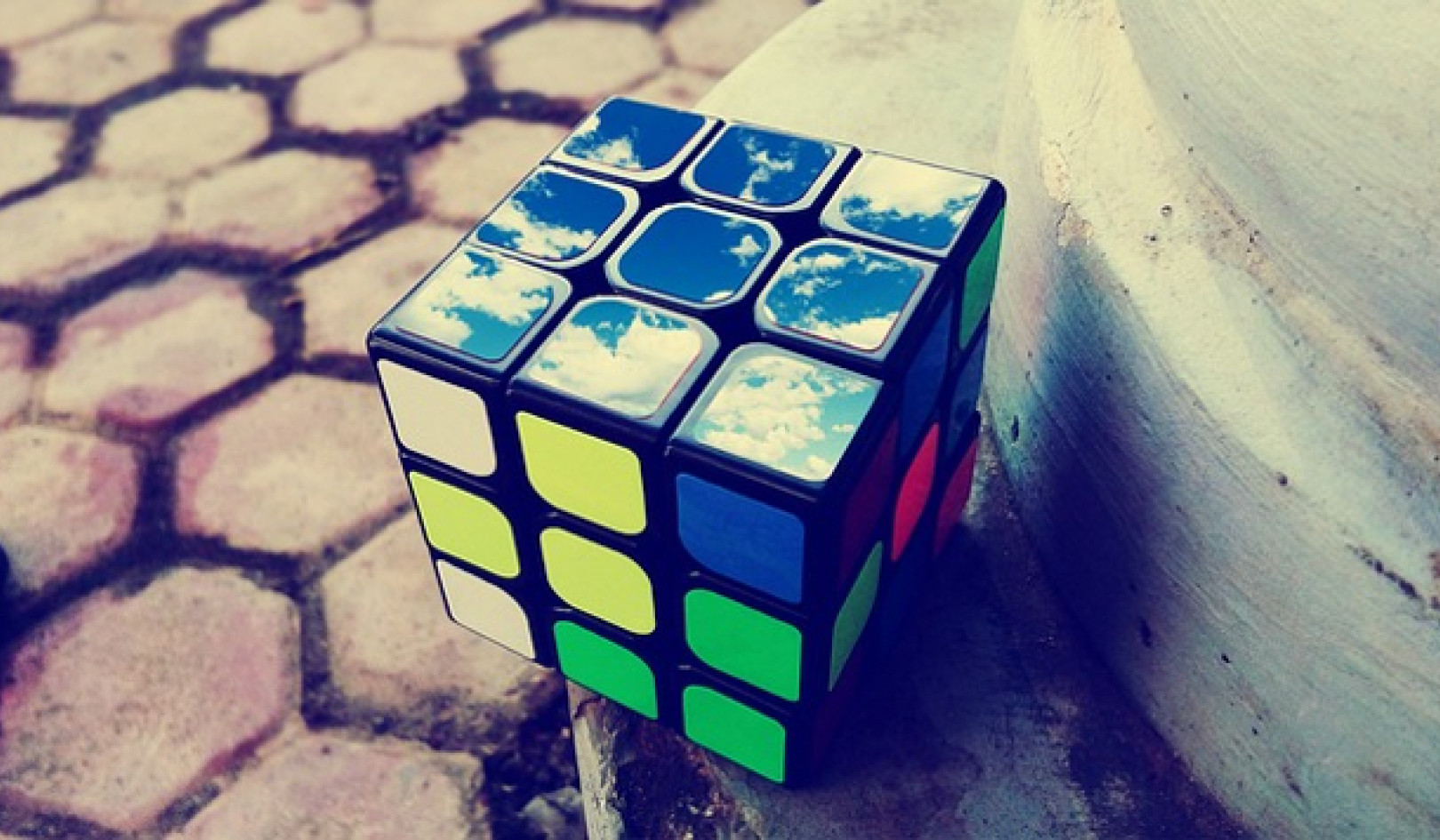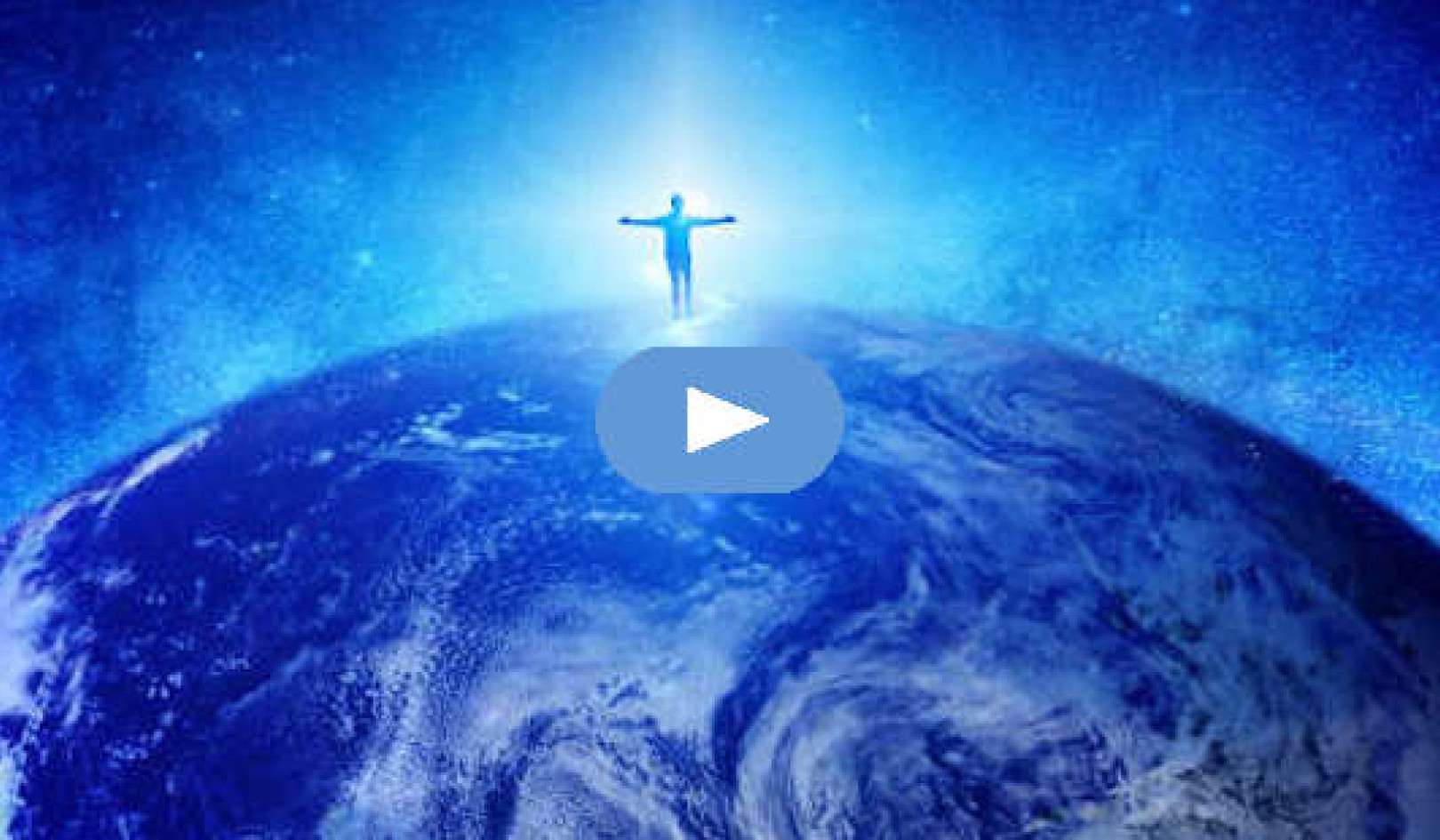
Sometimes, it’s useful to ask yourself: What do I gain by continuing the course of action I am taking, and what might I gain by choosing an alternative course of action?
So often we find ourselves on a course of action that demands we argue with another until one of us goes away shamed or chastened and the other party can declare itself the proud winner. But how do we get to the point of committing such violence in our conversations? I would suggest we arrive at that point for one reason: in the heat of a given high-energy moment, we’ve failed to maintain a sense of mindfulness about who we are and why we’re communicating with other people.
Mindfulness invites us to notice and appreciate who we are before we allow the signals that a pending conflict appears to be forming to drive us eagerly into reactive resistance to whatever another is saying, feeling or doing. Without mindfulness, the inner thought train drives us. With mindfulness, we become our own inner driver.
Why do we step so unconsciously into battle even if we no longer want to fight with other people? It helps to understand it’s not really our fault. From the moment we begin to receive external signals that someone is challenging us, there’s a sense of self attached to the idea of a pending challenge, so we interpret the situation to mean that another is coming AT us, instead of questioning a thought, feeling or action we’ve proposed. The impulse to defend ourselves, and to be viewed as right, triggers within us a Pavlovian reactivity that stimulates our reactions much faster than does our newfound desire to be mindful in all of our dealings.
High-Speed Pathways of Habitual Thoughts
We know that electrical impulses travel faster along the path of least resistance; we also know that thoughts flow through our brains in the form of electrical signals that mainly move along previously established and strengthened neural pathways. We can understand then, why the paths along which we’ve long entrained those signals to travel, over and over and over again, serve as high-speed railways along which thought streams can race to trigger a reactive end game almost instantaneously—much faster than it would take to respond if we took a self-aware moment to refocus our attention on what we truly want to create for ourselves in the moment.
Our highest speed rail paths lead us to our most repetitive—therefore most unconscious—behaviors, and drive us to act out the same old responses we’ve acted out countless times. And since win/lose responses have been deeply conditioned into us by our own society—which appreciates success and denigrates failure, rewards winning and punishes losing—we ought not to feel surprised that when we start to receive incoming signals of an impending battle those signals, like bolts of lightning, automatically race down the high-speed railway that leads us straight to war.
Conversely, society does not teach us to value inner peacefulness—grace—as a useful mode of being, so any neural pathways that might have guided us to make more peaceful choices have not been burned very deeply into our brains. Our neural pathways that lead to peace are like hand-car tracks that require real effort to travel.
Creating Pathways of Peace with Mindfulness
What can we do to encourage our high-speed pathways that lead to violence to deteriorate, because we no longer wish to practice violence without our conscious consent? What can we do to convert our rural pathways of peace into high-traffic, high-speed rails? I wish I could offer a simple and swift solution, but in truth I haven’t discovered an easy fix.
Eliminating conditioned reactivity in favor of the freedom that arises through genuine responsiveness appears to demand that we maintain focused mindfulness, which requires effort, so we can learn to hit the PAUSE button before those familiar external signals move too far down the high-speed rail for us to call them back.
Just as it took years for these high-speed inner rails to self-construct, it will take time for them to fall into disrepair from our conscious, consistent neglect. And the more potent our external signals, the more likely it becomes that we’ll get caught up in the energy of the moment and fail to notice that our train has left the station until our reaction hits the world and we awaken to the carnage we’ve just created.
That’s okay. We can’t pick up a violin and become a virtuoso overnight. Nor can we choose the path of mindfulness and become Buddha overnight. Like an alcoholic, we can only embrace our commitment to stop reacting unconsciously moment by moment, one day at a time, and forgive ourselves if we miss an opportunity to cancel the trip before the train leaves the station.
The Good News
We can awaken in any instant, and—even if our thought train is already in motion—hit the brakes. Life has gifted us the benefit of a time lag between the birth of a thought and the engagement of our biological response system, so we can learn how to master thinking as we mature.
Without that time lag we’d be causing all sorts of damage in our ignorance of how to manage thinking; with it, we’re mainly buffered from the worst of our own impulses. However, this time lag appears to be growing shorter for us, which means life wants us to figure it out as quickly as possible. Because our tools for destruction grow more powerful by the day, so too does our need to become fully responsible for what we create in the world grow ever more pressing.
Embracing Our Destiny of True Mastery
I believe in the destiny creation has offered to all of its living potential. I believe we can choose to embrace our destiny—or we can turn away from the work it takes to arrive at where we’ve been invited to go. I believe that our destiny looks like this: One fine day, not too far off in the future, our species will have become so masterful at navigating the realm of thought that we will suddenly realize all those old, high-speed railways that used to lead us unconsciously into patterned reactions of violence have disappeared. And we will realize that true mastery, unlike our prior struggle to gain competency through sustained effort, can be defined as the moment we so embody a practice we no longer need to think about needing to practice it anymore.
We are it.
I believe this is what is meant by exemplifying Christ consciousness, or Buddha nature—to be so fully present and awake in every moment that no train of thought inside our own mind ever leaves the station to pursue a reactive agenda without our willing consent. I believe we hold the power within to achieve this destiny. We just have to want it more than we want to stay mired in the limitations of being driven by thought.
© May 11, 2017. Copyright by Eileen Workman.
Reprinted with permission from the author's blog.
Book by this Author
Raindrops of Love for A Thirsty World
by Eileen Workman
 A timely spiritual guide to surviving and thriving in today’s pervasive, gloomy atmosphere of alienation and fear, Raindrops of Love For a Thirsty World, lays out a path to life long self-actualization, and reconnection through a shared consciousness.
A timely spiritual guide to surviving and thriving in today’s pervasive, gloomy atmosphere of alienation and fear, Raindrops of Love For a Thirsty World, lays out a path to life long self-actualization, and reconnection through a shared consciousness.
Click here for more info and/or to order this book.
About the Author
 Eileen Workman graduated from Whittier College with a bachelor’s degree in Political Science and minors in economics, history, and biology. She began working for Xerox Corporation, then spent 16 years in financial services for Smith Barney. After experiencing a spiritual awakening in 2007, Ms. Workman dedicated herself to writing “Sacred Economics: The Currency of Life” as a means for inviting us to question our longstanding assumptions about the nature, benefits, and genuine costs of capitalism. Her book focuses on how human society might move successfully through the more destructive aspects of late-stage corporatism. Visit her website at www.eileenworkman.com
Eileen Workman graduated from Whittier College with a bachelor’s degree in Political Science and minors in economics, history, and biology. She began working for Xerox Corporation, then spent 16 years in financial services for Smith Barney. After experiencing a spiritual awakening in 2007, Ms. Workman dedicated herself to writing “Sacred Economics: The Currency of Life” as a means for inviting us to question our longstanding assumptions about the nature, benefits, and genuine costs of capitalism. Her book focuses on how human society might move successfully through the more destructive aspects of late-stage corporatism. Visit her website at www.eileenworkman.com
Books by this Author
at InnerSelf Market and Amazon




























